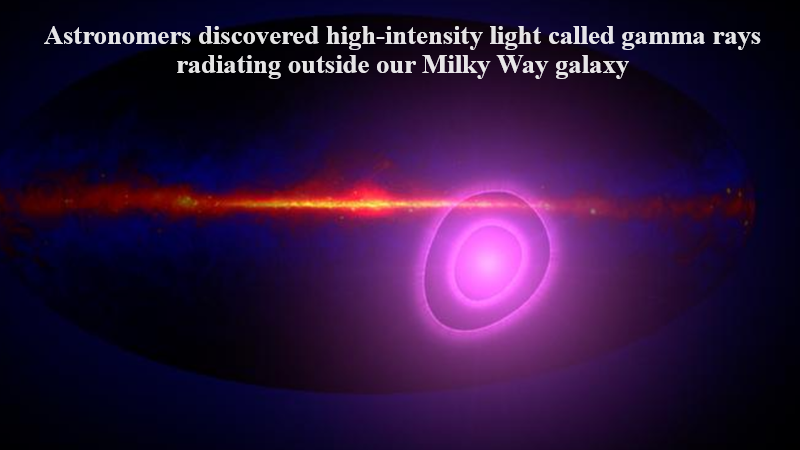
The cosmos, ever a source of wonder, has once again astounded scientists and astronomers with a new mystery. In a recent exploration of the cosmos, astronomers stumbled upon a discovery that shook the scientific community—an intense burst of light known as gamma rays emanating from beyond our Milky Way galaxy.
This revelation unfolded as a team of NASA scientists, led by University of Maryland cosmologist Alexander Kashlinsky, sifted through 13 years of data from NASA’s Fermi Telescope. Kashlinsky described the discovery as “completely serendipitous,” occurring in precisely the cosmic region they were examining.
The newfound gamma-ray signals outside the Milky Way add layers to the mystery surrounding the origins of ultra-high-energy cosmic rays (UHECRs), such as gamma rays. These cosmic rays, primarily composed of protons, neutrons, and atomic nuclei, have long perplexed astrophysicists. The characteristics of the newly discovered signal bear a striking resemblance to the cosmic microwave background (CMB).
The CMB represents the oldest light in the universe and serves as a cosmic relic from an event around 380,000 years after the Big Bang. During this early phase, the universe was hot and filled with densely populated free electrons and protons, hindering the travel of light. As the universe cooled, electrons and protons combined to form primordial atoms, leading to a sudden void. The absence of free electrons meant that photons were no longer scattered endlessly by these charged particles, rendering the universe transparent.
This transition from opacity to transparency allowed the first light to travel freely, constituting the CMB with its photons representing the initial free-traveling particles. The newfound gamma-ray signal’s association with high-energy particles, or cosmic rays, adds a layer of complexity to the cosmic mysteries that continue to captivate astronomers and scientists alike.

Post Your Comments